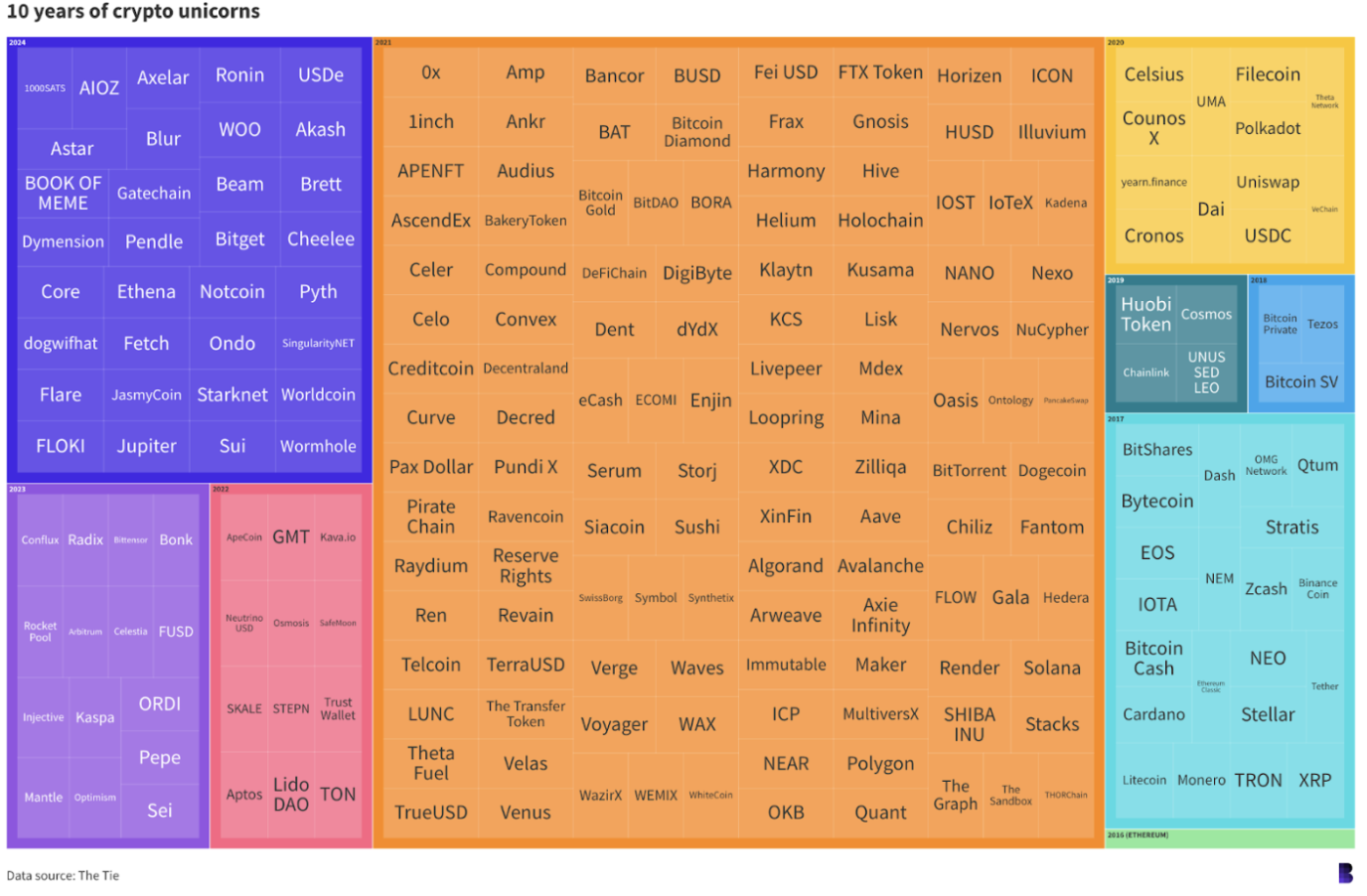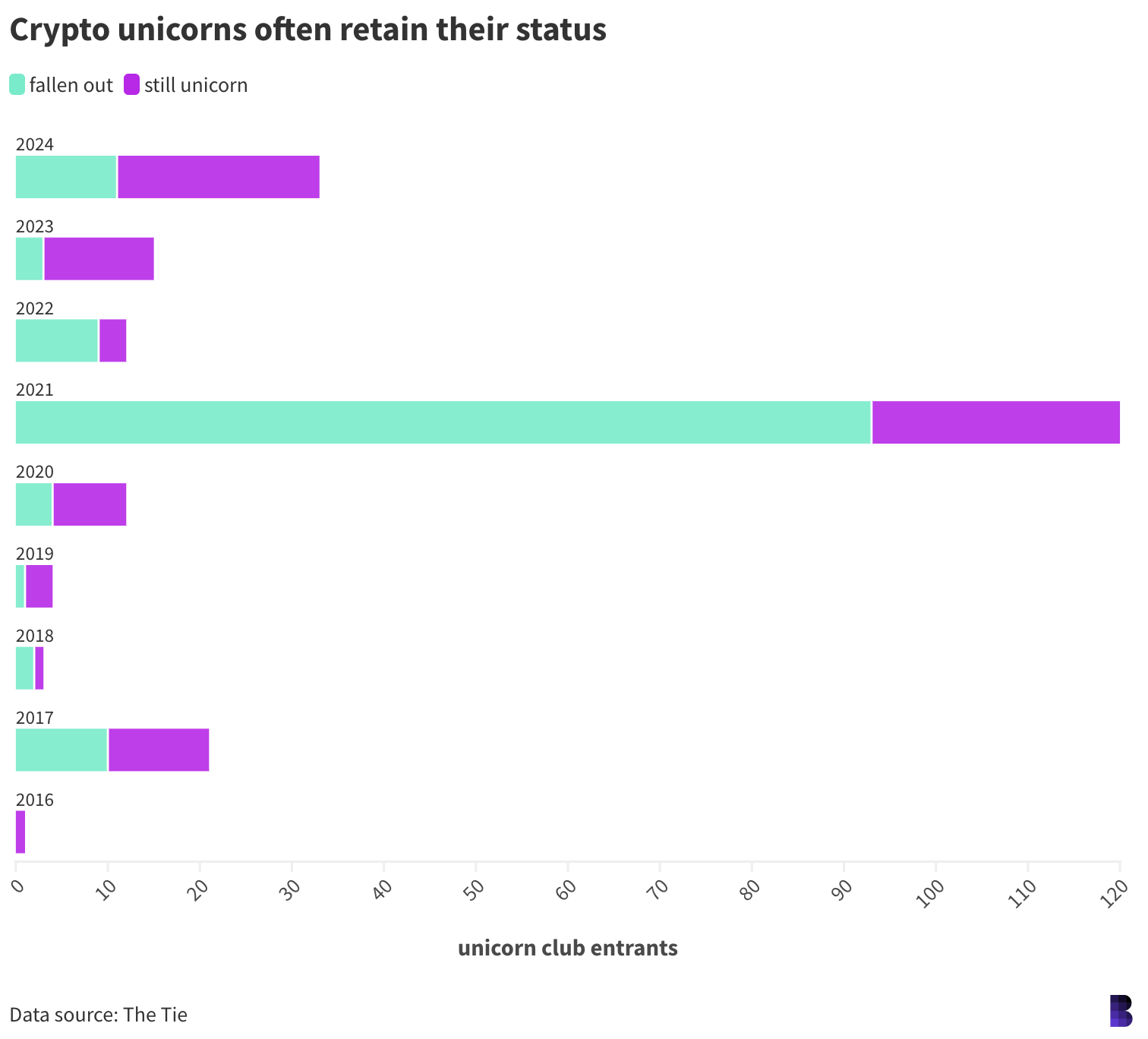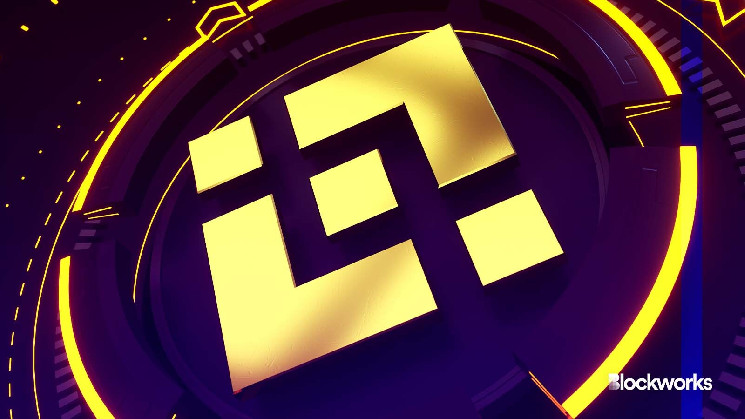I’ll be watching you…
Binance will have not one, but two firms looking over its shoulder for the next few years — part of a settlement with the Department of Justice and the Treasury Department.
Binance confirmed to Blockworks that the monitors are Sullivan & Cromwell (yes, that one) and Forensic Risk Alliance (FRA).
“The monitorship is an important step in our compliance journey, and we are committed to collaborating with FinCEN’s selected monitor, Sharon Cohen Levin from Sullivan and Cromwell; and DOJ’s selected monitor, Frances McLeod at Forensic Risk Alliance as we continue working toward becoming the most trusted and secure asset exchange in the world,” a Binance spokesperson told me.
ICYMI: As part of Binance’s $4.3 billion settlement with the US over lax anti-money laundering protocols, the exchange has to share information and data with its monitors to ensure it remains compliant.
Former CEO Changpeng Zhao was sentenced to four months in prison after pleading guilty as part of the deal.
The monitors will “basically be living under [Binance’s] roof for years to come,” Richard Donoghue, a partner at Pillsbury Winthrop Shaw Pittman and a former senior official for the Justice Department, said.
Donoghue’s only seen two instances where two separate monitors have been appointed, which makes the Binance case a little unusual.
But keep in mind that the DOJ and the Treasury — which have their own monitors — have two different agendas here, and Binance is undoubtedly a huge company to, well, keep an eye on. It’s still the largest crypto exchange in the world by trade volume.
Donoghue said the FRA will especially be focused on making sure there’s no more criminal conduct going on behind the scenes. Sullivan & Cromwell, which has faced criticism for its part in handling the FTX bankruptcy, will make sure that the Bank Secrecy Act is being followed (the exchange was accused of violating it last year).
Obviously, these firms aren’t working for free for their respective periods, which leaves the question of cost.
“I would imagine this is going to be a 10-figure investment for [Binance],” Donoghue said. “The cost of this monitorship over the next five years will be staggering.”
And that, mind you, is on top of the $4.3 billion settlement Binance agreed to last year.
Under the settlement, the DOJ’s monitor will be in place for three years, while the Treasury’s will last for five years. So we’re not talking about a short amount of time here. This, Donoghue explained, shows that the government had “significant” concerns about the company.
The whole thing is made more complex when you consider that Binance operates globally, meaning that the firms — which are US-based — could run into data privacy issues if authorities in places such as Europe, Latin America and Asia raise concerns about the monitors handing consumer data to the US government.
“This is not a publicly traded company, so you don’t have all those safeguards that you might otherwise have, and have a real compliance system in place. So this is going to be a very heavy lift for the company and for the monitors. It’s worldwide, obviously. You’re going to have cross-border issues,” Donoghue said.
Donoghue told me that, while the monitors are there to ensure compliance with US laws and regulations, they’re also going to keep their eyes peeled for bad actors. The monitorship is meant to “protect consumers,” but a big purpose is to make sure that the platform can’t be used to avoid laws. Though, clearly, the monitors will also be ensuring Binance itself isn’t doing anything sketchy.
“Some people will be losing sleep,” he added, noting that the firms will have to go through some transaction histories, provide reports to their respective agencies and meet with the DOJ and Treasury regularly.
Anyway, I’m still stuck on the potentially eye-watering figures Binance will be forced to cough up. Ouch.
— Katherine Ross
Data Center
- Binance has not seen any significant, persistent outflows since the settlement, currently with over $125 billion in assets — the most since at least November 2022.
- Bitcoin miners’ fee revenue is off to a better start in June, averaging $2.71 million per day so far, compared to May’s average of about $2 million.
- DAO treasuries, led by Optimism and Uniswap, are worth $34 billion at current prices, up from under $32 billion last month.
- Crypto is a sea of green today, led by memecoins ORDI and FLOKI, both up about 20%, followed closely by UNI.
- Notcoin has retraced 9% after a huge rally but is still ahead by 140% over the past week.
Tres Comas!
How do you measure frothiness in crypto?
One way would be to study how many cryptocurrencies make it to unicorn status — and keep it.
Over the past 10 years, a little over 220 tokens have ever hit a $1 billion market cap, per data from The Tie that I’ve just compiled.
The method: Take yearly snapshots of cryptocurrencies with a $250 million market cap or more, going back to 2014. Then, pull market cap data for each one and flag when they first reached $1 billion.
Some cryptocurrencies may have temporarily hit unicorn status intraday — those tokens would be missing from these results. Stablecoins were included but not wrapped or liquid staking tokens.
The analysis shows this bull market has clearly lacked a buzzy altcoin season.
Across 2023 and 2024, so far, 48 cryptocurrencies have joined the three-comma club. In 2021 alone — the peak of the previous cycle — 120 tokens reached a billion, almost three times as many as our current bull market.

Crypto’s unicorns may be fewer this time around, but the ones that have made it are largely holding onto their capitalizations. Of the 15 tokens that qualified in 2023, 12 (80%) are still worth $1 billion or more.
That includes arbitrum, bittensor, bonk, celestia, optimism, sei and pepe, while conflux, radix and rocket pool have fallen out.
And so far this year, 22 of 33 cryptocurrencies are sticking above the threshold — a two-thirds success rate.
The real trick is to keep unicorn status over a number of years. The 2017 cohort is doing surprisingly well, with more than half of the 21 debutantes still in the club two cycles later.
The class of 2021 is way worse off, as one might expect, with only 23% of entrants still unicorns.

Hard to beat 2016, though, which boasted just one fresh unicorn — Ethereum — giving that year a perfect score.
Still, while crypto gets a bad rap for its volatility and thousands of abandoned projects, the data shows those that make it to nine zeroes have a decent shot at retaining their valuations.
Eighty-eight of the 221 tokens to enter the unicorn club over the past 10 years are still there — a 40% success rate.
— David Canellis
The Works
- Tether CEO Paolo Ardoino said a newsletter vendor used by crypto companies may have been compromised — so watch out for any strange emails.
- BIS asked banks to join a China-backed digital cash-sending project, Bloomberg reported.
- DMM Bitcoin revealed its plan to procure funds following the $300 million hack last week.
- Ripple president Monica Long believes that crypto’s lobbying will pay off in US elections, Reuters reported.
- US lawmakers sent a letter asking President Biden to bring home Binance executive Tigran Gambaryan.
The Morning Riff
Q: Was SAB 121 good or bad for crypto?
Ah, finally, a question I can answer easily: It’s bad for crypto.
Here’s the thing: A staff bulletin is not meant to dictate rulemaking. As Chair Patrick McHenry pointed out in May, the SEC avoided public comment and the Administrative Procedure Act by issuing SAB 121.
And the contents of SAB 121 make custodying crypto, especially for traditional financial institutions, incredibly difficult. When you’ve got agencies that have previously worked on or backed anti-crypto legislation coming forward (such as the American Bankers Association) in public support of overturning the bulletin, then you know it’s not good for anyone.
While we saw both sides come together to pass the resolution overturning SAB 121, Biden’s follow-through of a veto leaves us with the question of whether or not there’s really political support for the industry on Capitol Hill.
And, quite frankly, how much support is there? After all, it’s going to take a two-thirds in both the Senate and the House to overturn the veto.
— Katherine Ross
The devil is in the details. Yes, it’s frustrating that cryptocurrencies are generally meant to be money, while the SEC seems hellbent on treating them like anything but.
SAB 121 itself wasn’t that great for crypto. But its initial overturning was definitely bullish — it was the first-ever crypto-specific bill to pass through Congress.
Biden’s veto shot down any immediate hopes of banks offering crypto custody services. Sounds bullish for Coinbase — it likely won’t need to compete with banks looking to safeguard crypto for their customers, at least in the short term.
Is the potential for a Coinbase monopoly over regulated custody services in the US good for crypto? Probably not. Best to call this one a draw.
— David Canellis
 blockworks.co
blockworks.co
